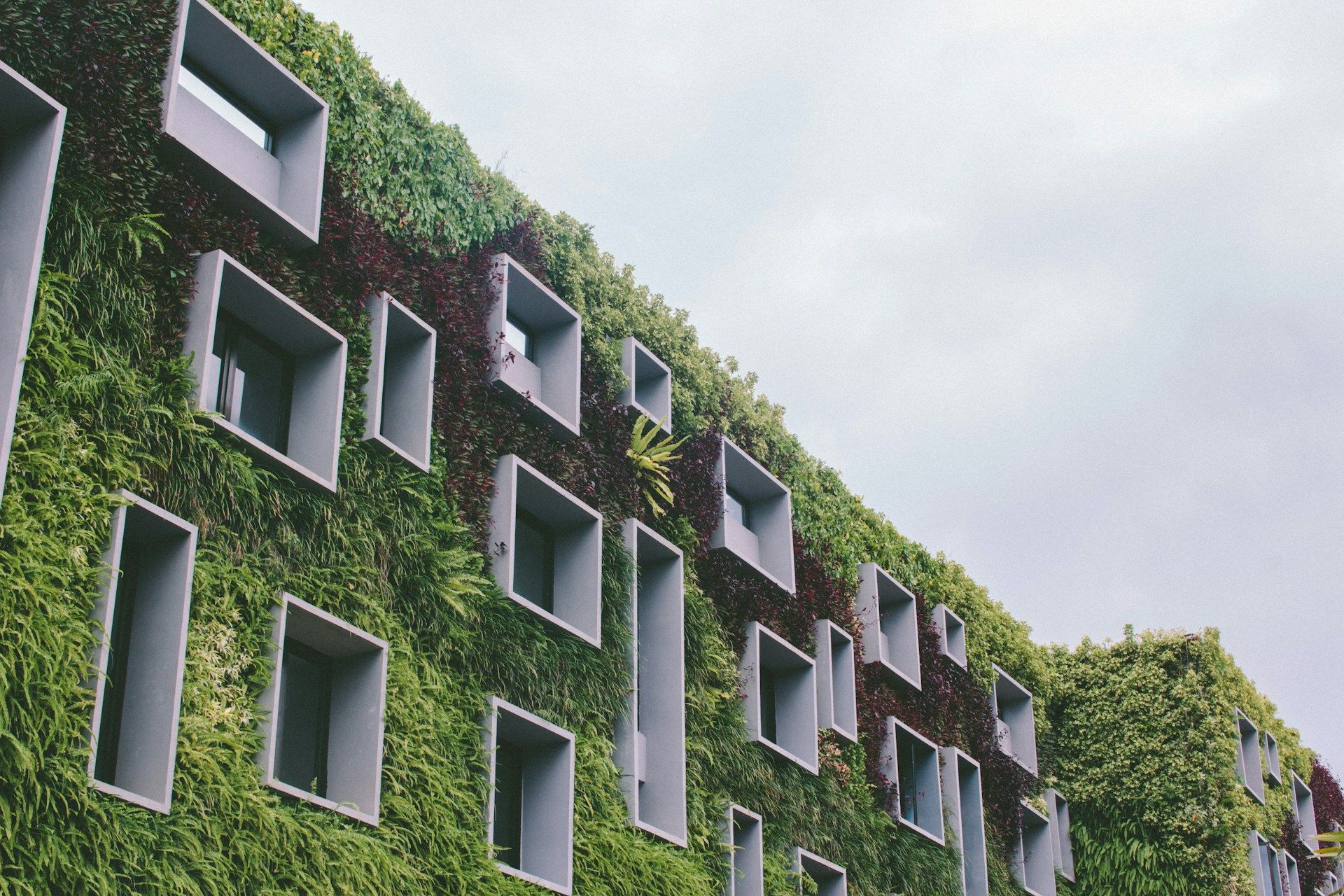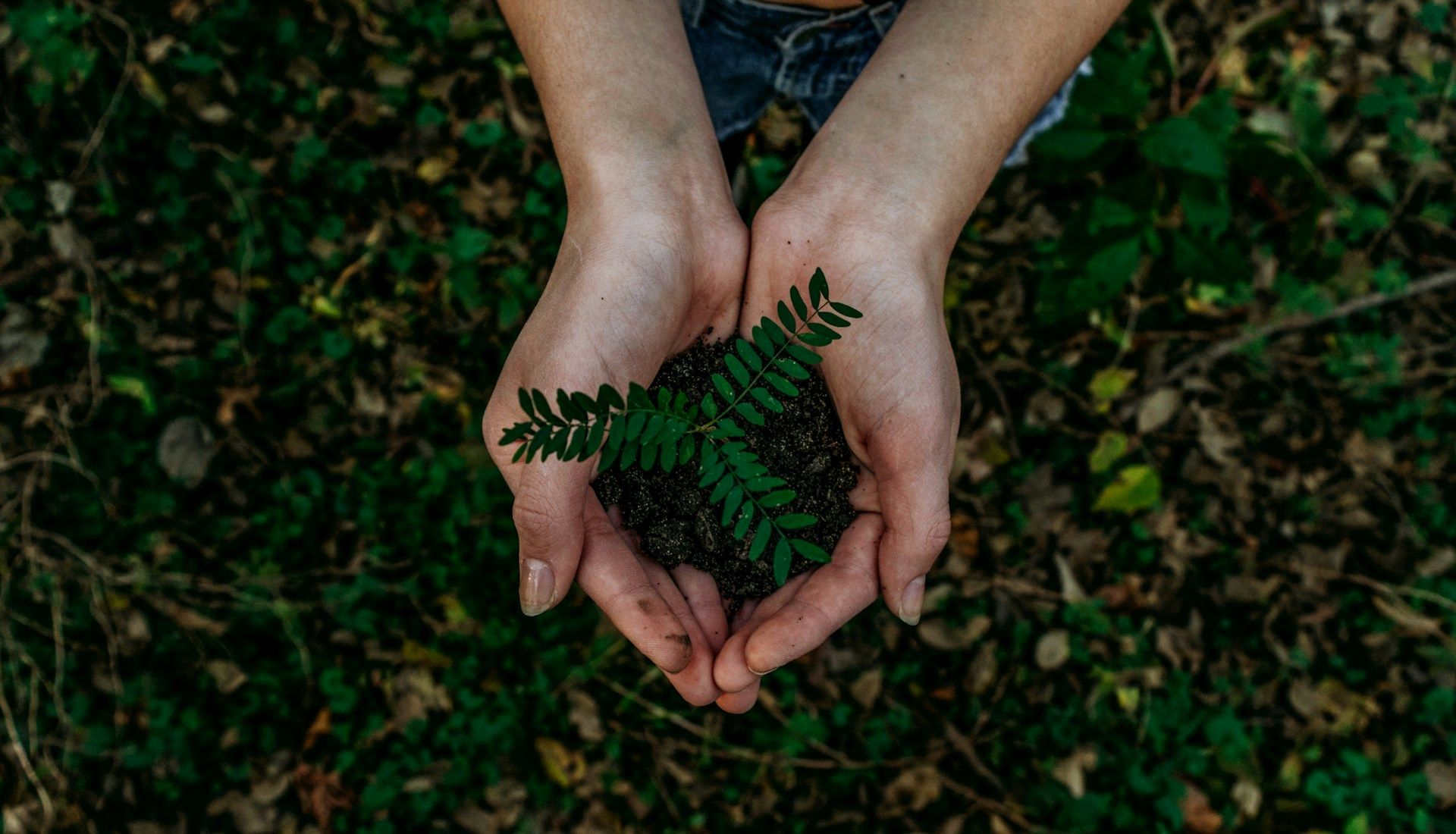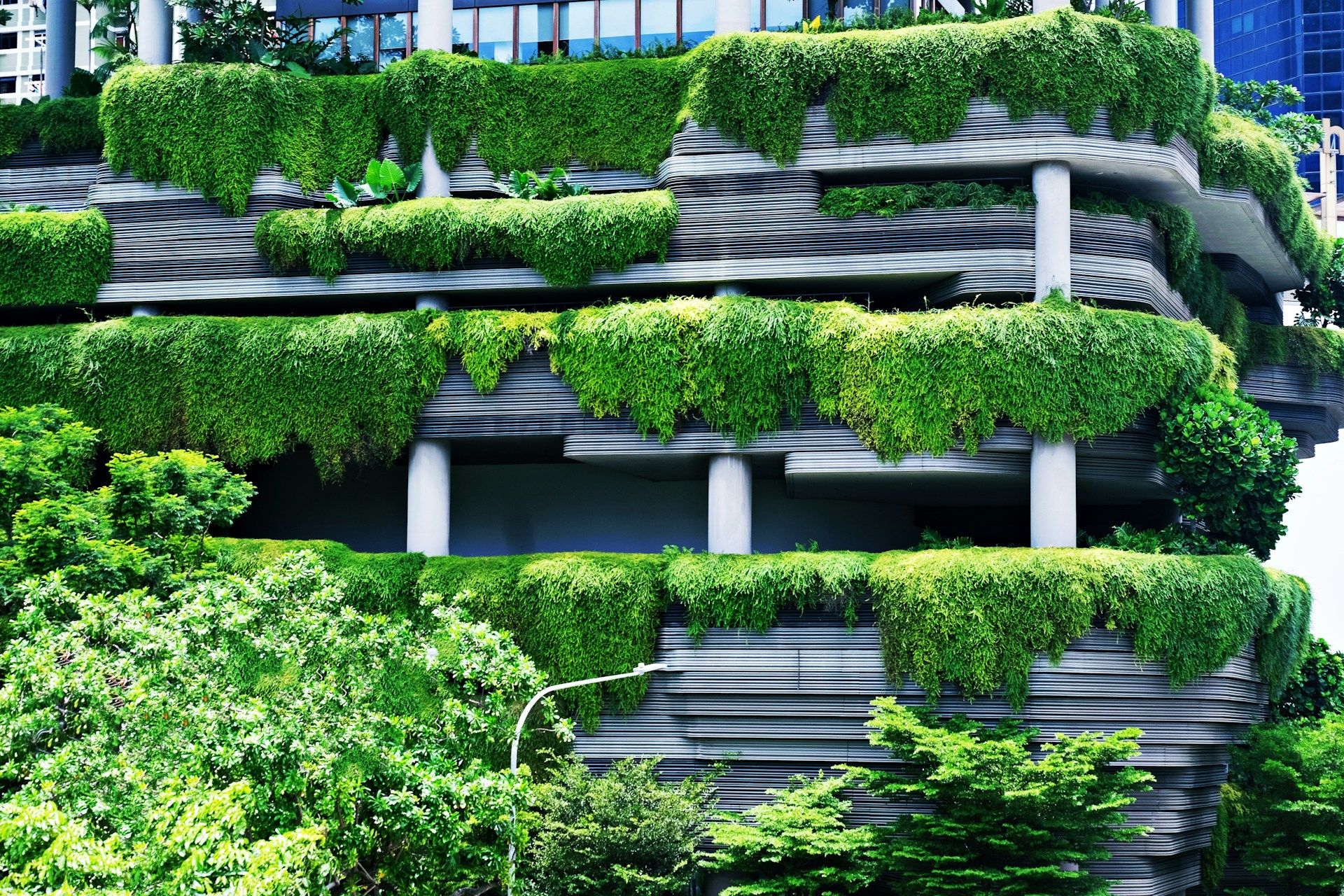Local Materials and Zero-Waste for True Sustainability
Sustainability in architecture is no longer a trend — it’s an obligation. Yet, true change doesn’t come solely from certifications or advanced technologies, but from conscious decisions made at the foundation of design. In Panama, where the natural environment is as diverse as the materials it provides, the use of local resources and zero-waste practices is redefining what it means to build responsibly.
The challenge for Panamanian architects and developers today is not only to reduce environmental impact but to reconnect architecture with its surroundings. Harnessing local resources, reducing waste, and designing with a circular mindset not only improve project efficiency but also strengthen the country’s cultural and economic identity.
Building with What the Land Provides
Using local materials is not a new concept — it’s a return to traditional building wisdom. Previous generations already understood the advantages of working with what the land offered: tropical wood, stone, bamboo, clay, lime, or coral rock. These materials, in addition to being accessible and sustainable, are perfectly suited to Panama’s climate.
Building with native materials does more than optimize resources — it supports local economies, promotes artisanal trades, and strengthens the bond between community and architecture. Each material tells a story, and by integrating them into contemporary projects, that narrative is preserved and evolved.

Zero-Waste Architecture: Design That Leaves No Trace
The zero-waste concept applied to architecture aims to eliminate waste from the project’s conception through its construction and life cycle. It’s not just about recycling materials at the end of the process — it’s about planning so that nothing is wasted.
In Panama, this philosophy is particularly relevant in a context where the construction sector generates a significant portion of urban waste. Adopting circular design strategies means rethinking every phase:
Design for disassembly: buildings can be conceived in modular form, allowing components to be reused in the future.
Reuse existing materials: doors, beams, bricks, or claddings can find a second life in new structures.
Optimize resource use: efficient planning reduces waste during construction.
Incorporate recycled materials: such as concrete with recycled aggregates, processed plastics, or reclaimed wood.
This approach not only lowers environmental impact but also fosters more flexible and resilient architecture — capable of adapting to future needs without demolition or replacement.
Sustainable Innovation from the Design Stage
The real potential of the zero-waste approach lies in the design phase. This is where architects can anticipate how a building will be constructed, maintained, and eventually transformed.
Parametric design and 3D modeling tools make it possible to calculate material use with precision, minimize unnecessary cuts, and optimize every component.
In Panama — where logistical costs and climate conditions pose unique challenges — such efficiency has a direct environmental and economic impact.
Furthermore, clean technologies such as solar panels, rainwater harvesting systems, and natural ventilation complement this sustainable vision, creating buildings that consume less and last longer.
Studios that integrate this mindset from the conceptual stage achieve more durable projects aligned with the UN Sustainable Development Goals (SDGs) and the expectations of a new generation of users who are increasingly aware of the origins and life cycles of their built environments.
The Aesthetics of Sustainability
Sustainability can also be beautiful. Local materials not only reduce emissions but also bring textures, colors, and authenticity impossible to replicate with imported elements.
Bamboo provides warmth and flexibility; river stone conveys permanence; tropical wood connects buildings to their natural surroundings. When well combined, these materials create a contemporary aesthetic with deeply local roots.
In recent years, many projects in Panama have demonstrated that sustainable architecture doesn’t have to look “eco” or rustic. On the contrary, it can be sophisticated, elegant, and technologically advanced.
What truly matters is revealing the character of the material — allowing architecture to breathe its surroundings and express the honesty of its composition.
Economic and Cultural Sustainability
The impact of using local and zero-waste materials goes beyond the environment — it has direct economic and cultural benefits.
By prioritizing local suppliers and artisans, projects stimulate employment in nearby communities and reduce dependence on costly imports.
Reviving traditional construction techniques also helps preserve endangered crafts, such as wood carpentry, stone masonry, and natural lime-based finishes.
These practices reinforce Panama’s architectural identity, creating projects that dialogue with their context and reflect the character of their people. In an increasingly globalized market, building with local identity becomes both a competitive advantage and an act of cultural coherence.
The Future of Sustainable Architecture in Panama
Panama stands at a crucial point: its urban growth and rich biodiversity offer the ideal setting to lead a new era of true sustainability.
Local materials and zero-waste philosophy represent the path toward architecture that not only minimizes its impact but regenerates the environment.
Ultimately, building sustainably is no longer an option — it’s a responsibility.
Panamanian architects today have the opportunity to redefine what progress means — not as infinite expansion, but as balance between nature, culture, and technology.
Only then will sustainability become more than a discourse — it will be a tangible reality, built with hands, earth, and consciousness.






